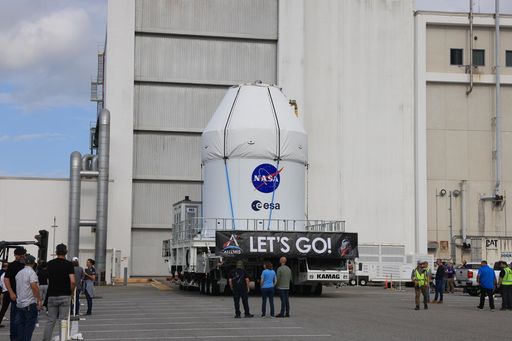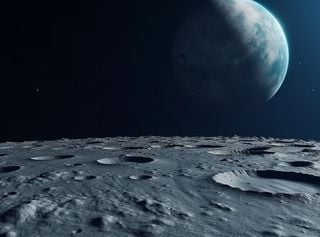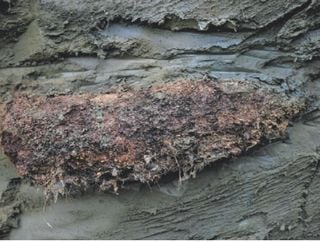Signature composition of Moon rock type revealed
Research sheds new light on Moon rock formation, solving major mystery in lunar geology in the process.
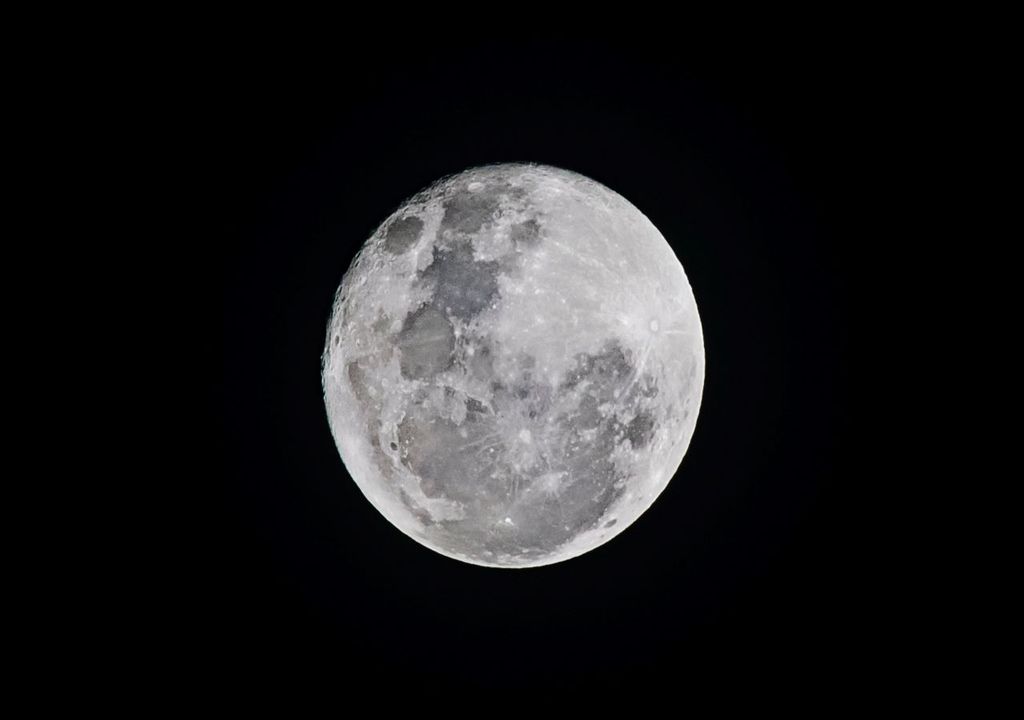
The very presence of a unique rock type from the Moon has puzzled scientists, who couldn’t figure out why it was there, or explain the signature composition of the volcanic rock. New research has finally unravelled the mystery by explaining a key step in the origin of these distinctive magmas.
Mimicking lunar conditions
Deep inside the lunar interior, roughly three and a half billion years ago, elemental iron in the moon’s magma exchanged with magnesium in the surrounding rocks, modifying the chemical and physical properties of the viscous melt.
A combination of high temperature laboratory experiments using molten rocks and sophisticated isotopic analyses of lunar samples, allowed an international team of scientists, led by the University of Bristol and University of Münster to mimic ancient lunar conditions and identify a crucial reaction that controls the rock’s configuration.
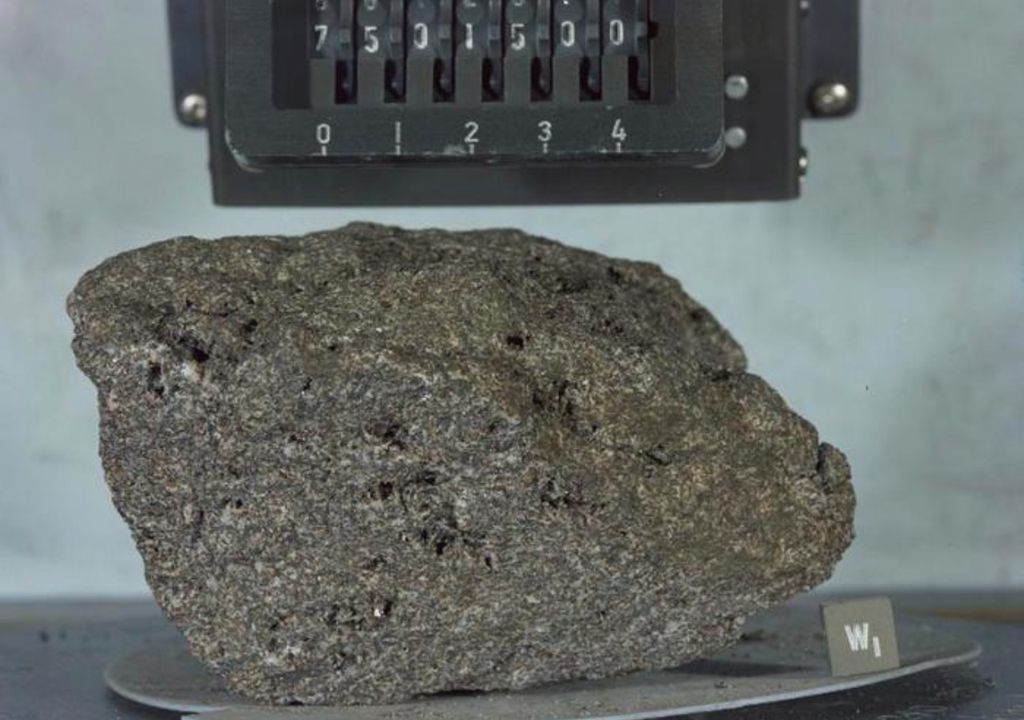
“The origin of volcanic lunar rocks is a fascinating tale involving an ‘avalanche’ of an unstable, planetary-scale crystal pile created by the cooling of a primordial magma ocean,” explains Tim Elliott, Professor of Earth Sciences at Bristol, and co-lead author of the Nature Geoscience paper.
“Central to constraining this epic history is the presence of a magma type unique to the Moon, but explaining how such magmas could even have got to the surface, to be sampled by Space missions, has been a troublesome problem. It is great to have resolved this dilemma.”
All about titanium
NASA’s Apollo missions of the 1960s and 70s successfully gathered solidified, ancient lava samples from the Moon’s crust and returned them to Earth. These samples contained surprisingly high concentrations of titanium. More recent mapping by orbiting satellite shows these magmas, so-called ‘high-Ti basalts’, are widespread on the Moon.
“Until now models have been unable to recreate magma compositions that match essential chemical and physical characteristics of the high-Ti basalts,” says Dr Martijn Klaver, Research Fellow at the University of Münster Institute of Mineralogy and co-lead author. “It has proven particularly hard to explain their low density, which allowed them to be erupted some three and a half billion years ago.”
Measurements of the high-Ti basalts also revealed a distinctive isotopic composition that provides a fingerprint of the reactions reproduced by the experiments. Both results demonstrate how the melt-solid reaction is critical in understanding the formation of these unique lunar magmas.


